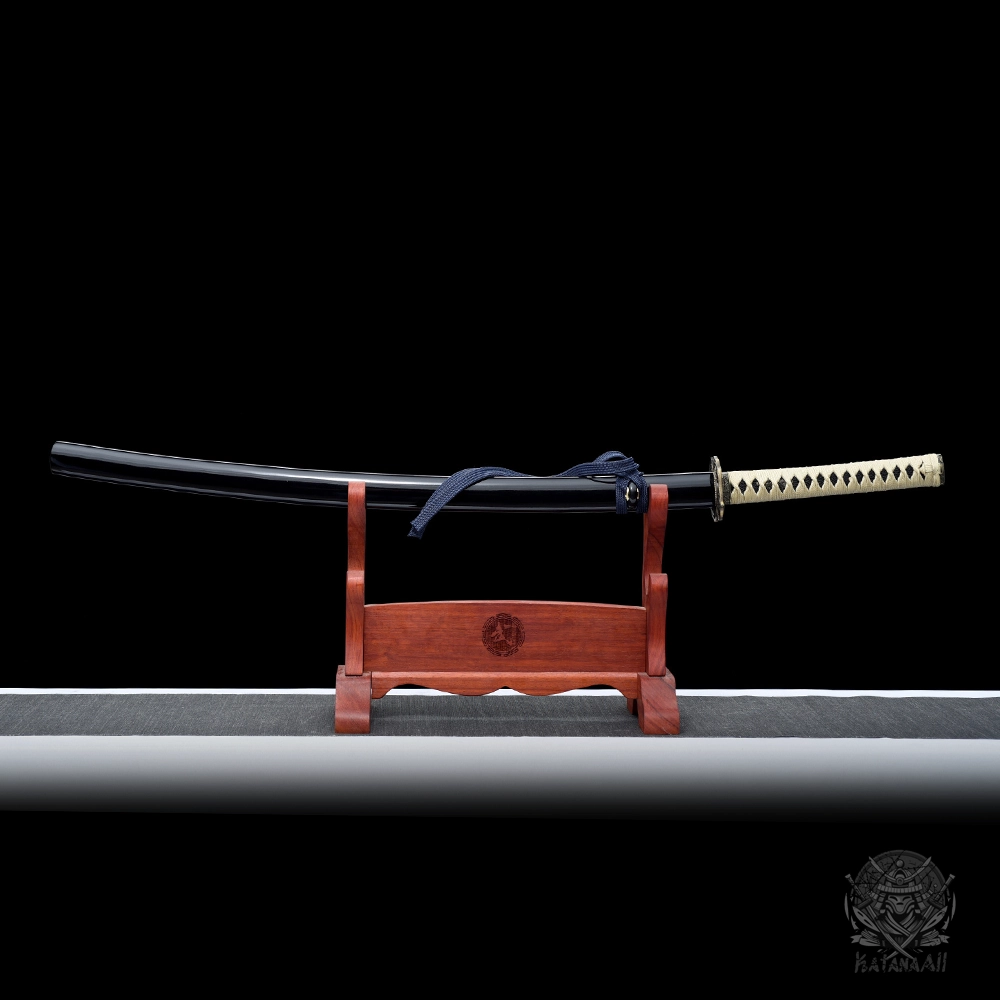How Is a Katana Made? The Ancient Art Behind the Legendary Sword

The katana, often referred to as the soul of the samurai, is one of the most iconic swords in history. Renowned for its sharpness, strength, and beauty, the process of crafting a katana is as legendary as the blade itself. This article dives into the traditional methods of katana-making, revealing the artistry and dedication required to forge this masterpiece.
The History of Katana Craftsmanship
The katana’s history dates back to feudal Japan, where skilled swordsmiths developed unique techniques to create blades capable of withstanding intense combat. This craftsmanship evolved over centuries, blending functionality with aesthetic perfection. Each katana is not just a weapon but a work of art, embodying the traditions and values of Japanese culture.
Step-by-Step Process of Making a Katana
1. Choosing the Steel (Tamahagane)
The heart of every katana is its steel, traditionally known as tamahagane. This high-carbon steel is derived from iron sand, smelted in a tatara furnace. The process separates impurities and produces steel with varying carbon content, which is essential for creating the blade’s unique properties of hardness and flexibility.
2. Forging the Blade
The swordsmith begins by layering the tamahagane. High-carbon steel is used for the blade’s cutting edge to ensure sharpness, while low-carbon steel provides flexibility to absorb shock. These layers are folded multiple times, typically up to 16 or more, to eliminate impurities and create a strong, uniform blade. This folding also gives the katana its signature hada (grain pattern).
3. Shaping the Blade
The steel billet is heated and hammered into the shape of the katana. The curved design is achieved through a differential hardening process, which occurs during the quenching stage. This unique curve is both functional and iconic, allowing for superior cutting and thrusting.
4. Differential Hardening (Yaki-Ire)
Yaki-ire is the process that gives the katana its characteristic hardness and sharp edge. A special clay mixture is applied to the blade; a thicker layer covers the spine, while a thinner layer covers the edge. The blade is then heated and quenched in water. The rapid cooling hardens the edge, while the spine cools more slowly, maintaining flexibility. This process also forms the hamon, the distinctive wavy line along the blade.
5. Polishing the Blade
Once forged, the katana undergoes an extensive polishing process, often lasting several weeks. Skilled polishers use a series of grinding stones to refine the blade’s shape and enhance its edge. The final polish reveals the hamon and hada, showcasing the sword’s beauty and craftsmanship.
6. Creating the Fittings (Koshirae)
While the blade is the centerpiece, a katana’s fittings are equally important. The tsuka (handle) is wrapped in rayskin and silk for grip, and the tsuba (guard) is intricately designed for both function and decoration. Every part of the katana reflects the swordsmith’s dedication to perfection.
7. Assembling the Katana
The final step is assembling the katana. The blade, handle, and scabbard (saya) are fitted together precisely. This meticulous process ensures the katana is balanced, functional, and ready for use.
Modern vs. Traditional Katana Making
While traditional katana-making methods remain the gold standard, modern techniques often incorporate industrial tools for efficiency. However, true enthusiasts and collectors value hand-forged katanas for their authenticity and cultural significance.
Why Is the Katana So Revered?
The katana is more than just a weapon; it is a symbol of craftsmanship, discipline, and honor. Its creation requires not only technical skill but also an understanding of metallurgy, aesthetics, and tradition. Each katana carries the spirit of its maker, making it a revered object in Japanese culture and beyond.
Conclusion
The process of crafting a katana is a testament to centuries of dedication, innovation, and artistry. From selecting the steel to polishing the blade, every step is a labor of love. Whether you admire the katana as a weapon, an art form, or a cultural symbol, understanding how it is made deepens your appreciation for this legendary sword.
